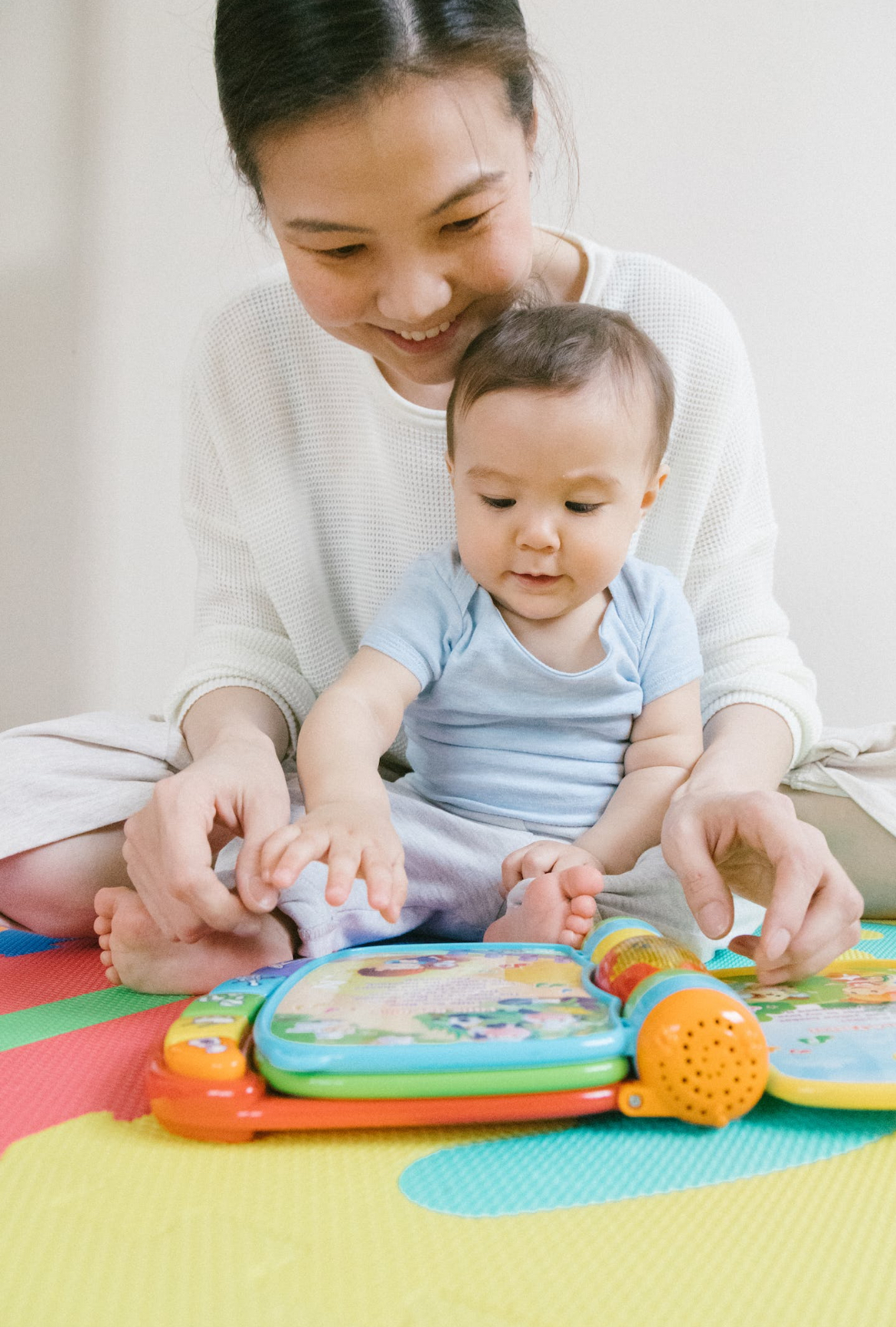Routines for Children & the Importance of Routines

As a mother and a teacher, I have noticed one very specific thing about young children – they thrive with a routine. After a while of having my own child and working with other children, I have come to recognize the importance and how much of a difference having a routine makes in transitioning from different activities. Without a routine, it can cause outbursts, temper tantrums when transitioning, and lots of power struggles with the children. Having a simple routine can ease many struggles you are faced with when dealing with children and there are plenty of reasons to implement a routine with your child or in your classroom.
Why Routines Matter
In order for children to be developmentally supported they need predictability and accessibility. By keeping a routine, you are making the child’s world feel safe, stable, and predictable. Predictability is important because it builds trust. Also, by doing things in the same order around the same time every day you help strengthen their brain connections and build the child’s confidence, children also learn to be more self-sufficient when they can anticipate what comes next. Diane W Bales stated, “Even though young children cannot tell time; they remember the order in which things occur.”
Routines build healthy habits and confidence; they make children feel safe, comfortable, and in control of their environment. Routines ultimately help them know what to expect and better engage in learning and developing skills. When a child has a routine in class it makes transitioning easier and promotes a better environment for them to learn and grow.
What to Implement into Your Classroom Routine
The best things to implement into your classroom routine are:
- Arrival and departure times
- Bathroom times/ Diapering
- Washing hands
- Playtime
- Clean up times
- Transition between activities
- Meal and snack times
- Outdoor times
- Educational activities (circle time, etc.)
In addition to helping support the children in the classroom in the best way possible, it also helps with keeping yourself organized, your time managed well and just overall keeps the classroom running smoothly. Teachers must take the time to plan out the day for their class. It is imperative to run a successful classroom. I believe having a routine creates less stress and chaos for yourself and the children. Adults also like to know what to expect and a consistent, predictable schedule for your classroom is the most important way to have a calm, stable, environment that is conducive to fun, playing, learning and socializing, and engaging with the children. There are a ton of different ways you can structure your classroom routine and tons of ways to keep it fun and engaging for everyone.
Ways Parents at Home Can Have Routines
Routines are essential for children outside of the classroom. It is very important that children have a routine at home as well, the reason routines are good at home is they create safety and belonging and build relationships. It teaches them skills and responsibility as well as independence. Routines can also overall be beneficial to their health and well-being. Some things parents should include in their routines are:
- Getting ready for the day
- Brushing teeth and handwashing
- Going to the bathroom
- Mealtimes
- Playtime
- Going to daycare or school
- Extracurricular activities
- Chores
- Bath time
- Bedtime routine
Routines in the home help children feel safe and looked after, it helps them learn healthy habits and life skills. When you have daily chores as part of your routine it helps develop a sense of responsibility and some basic skills like time management and this can also teach independence. Having a routine in place in your home can reduce your children’s stress and anxiety as well as yours. Routines are equally as good for the parents. Routines can help you feel more confident, organized, and in control. It can help your family get through daily tasks much more efficiently and keep the day running smoothly.
Tips for an Effective Routine
A good routine is one that fits your classroom or family’s needs. It’s well-planned, regular, and predictable, Some tips for creating an effective room in your classroom are:
- Plan based on children’s age
- Provide Consistency
- Include things that meet individual needs
- Provide Opportunities and Interactions to Foster Physical, Social, and Emotional Growth
- Allow Long Amounts of Time for Free Play
- Provide Time and Support for Transitions
In conclusion, routines have a profoundly positive impact on children, and they are the best way to have a smooth running, stress-free, fun learning, and working environment is to have a solid routine, it’s the best thing you can do for your students and for yourself. By having a routine you’re creating a solid foundation and setting them up for future success.
This blog was created by Chloe Carmack who is a current Child Development Associate (CDA) student with CDAClass.org Chloe has been working with children for around 2 and a half years and is a mother and a college student at the University of Cincinnati majoring in Pre-Secondary Education. Additionally, in her free time, she enjoys spending quality time with her son, fiancé’ and their kitten as well as reading and spending time in nature.
